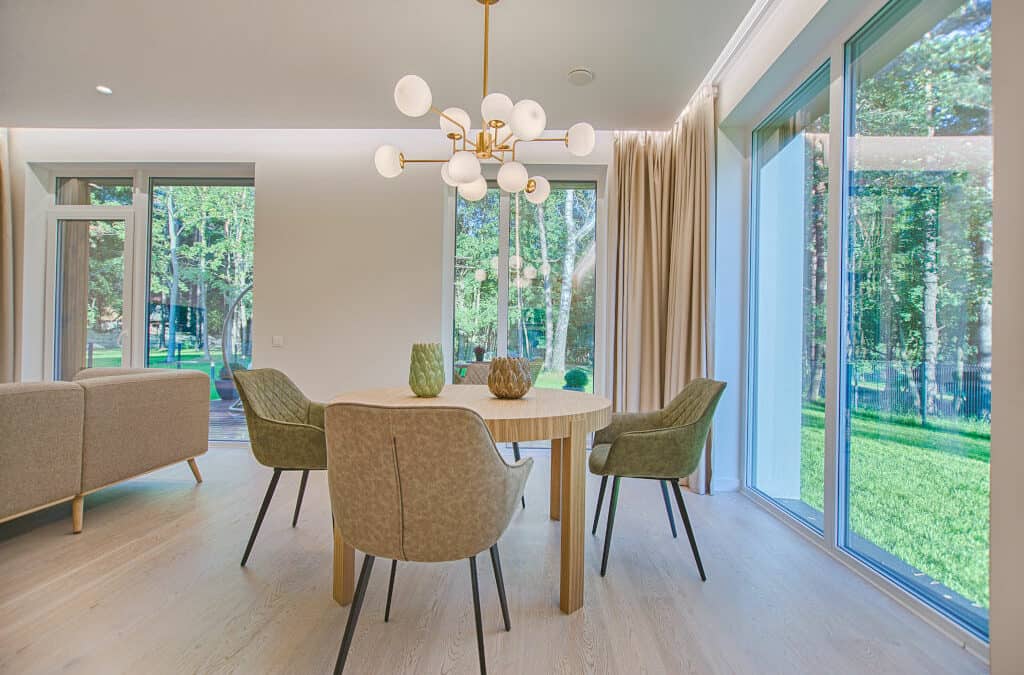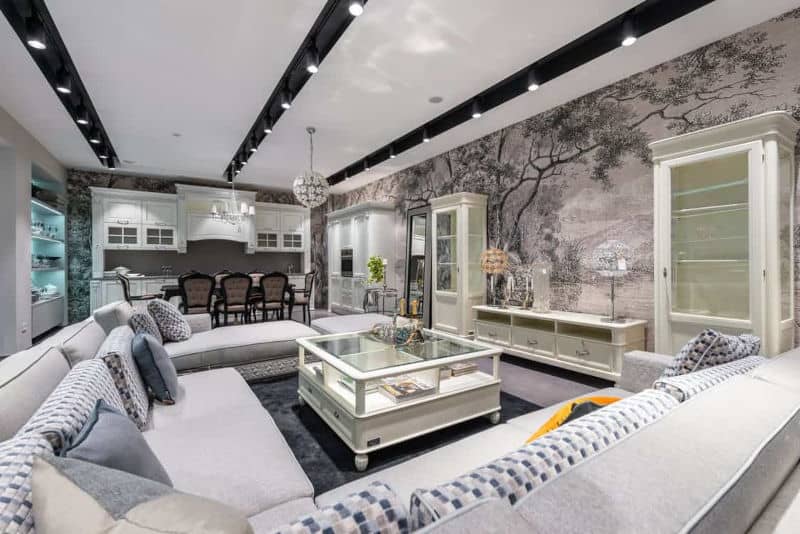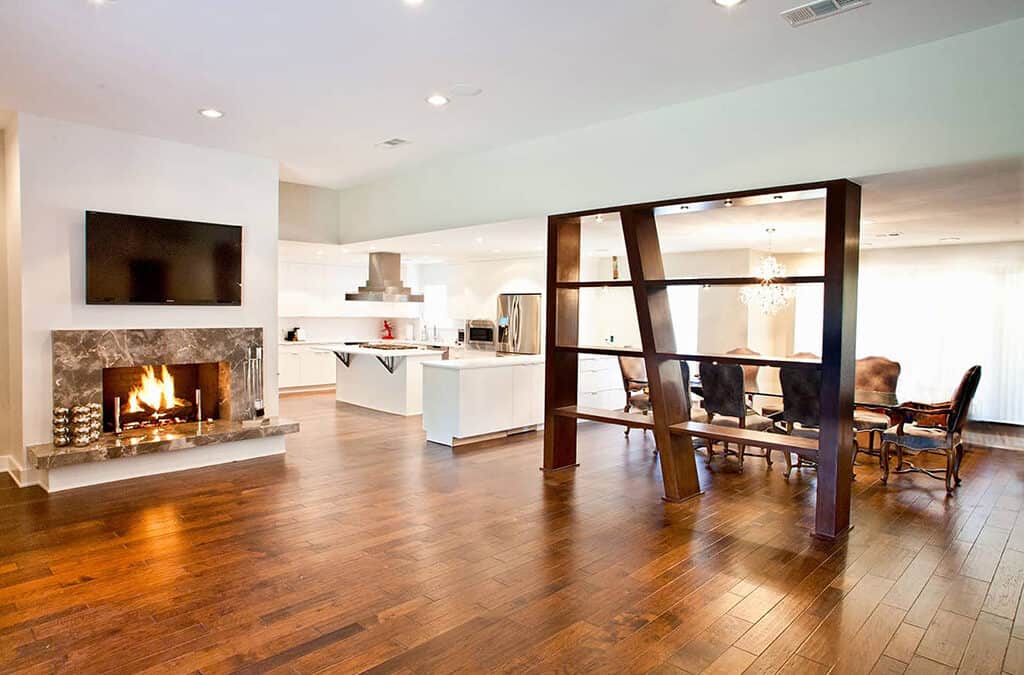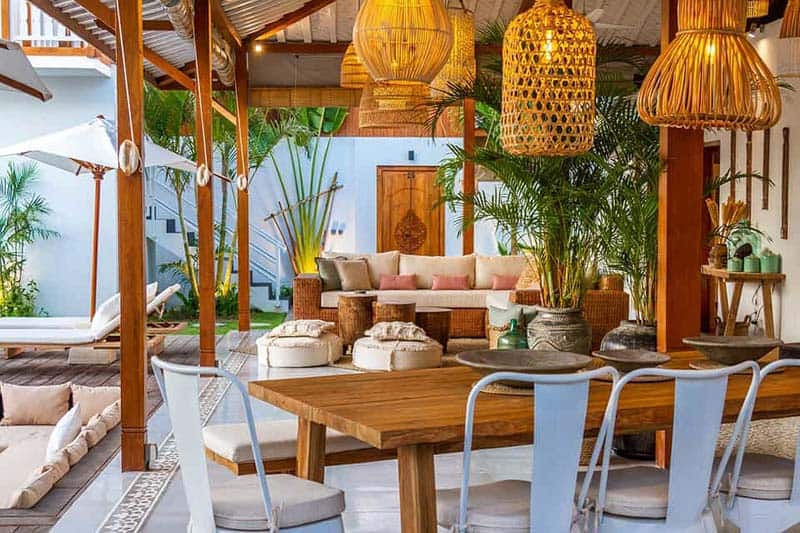
architectural advice, Interior Design
When it comes to home construction or renovation, perhaps no exterior decision has more impact on your home’s appearance, functionality, or energy efficiency than the design and type of windows. Despite their importance, it may be one of the most underrated...

home decor & maintenance, Interior Design
It’s prime vacation season, and common conversation clients have with us post-trip is one you may relate to. While they’ve been on a trip of a lifetime, they’ve discovered an amazing artist whose work they’ve fallen in love with. They are so...

home decor & maintenance, Interior Design
When discussing homes and interior design, the term “finishes” refers to those materials and coverings typically installed at the final stages of construction, and they’re important because they’re the work that everyone notices. No one sees a...

home decor & maintenance, Interior Design
Planning to make some changes to the interior décor of your home? Whether those adjustments are significant or minimal, one popular source of inspiration can be found on the latest mood boards from popular interior design experts. A mood board is a digital (or...







